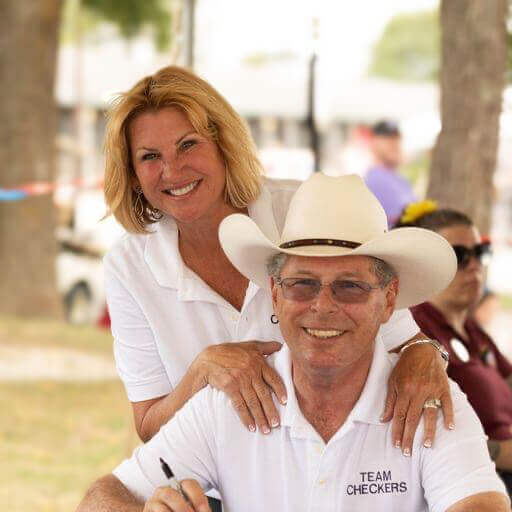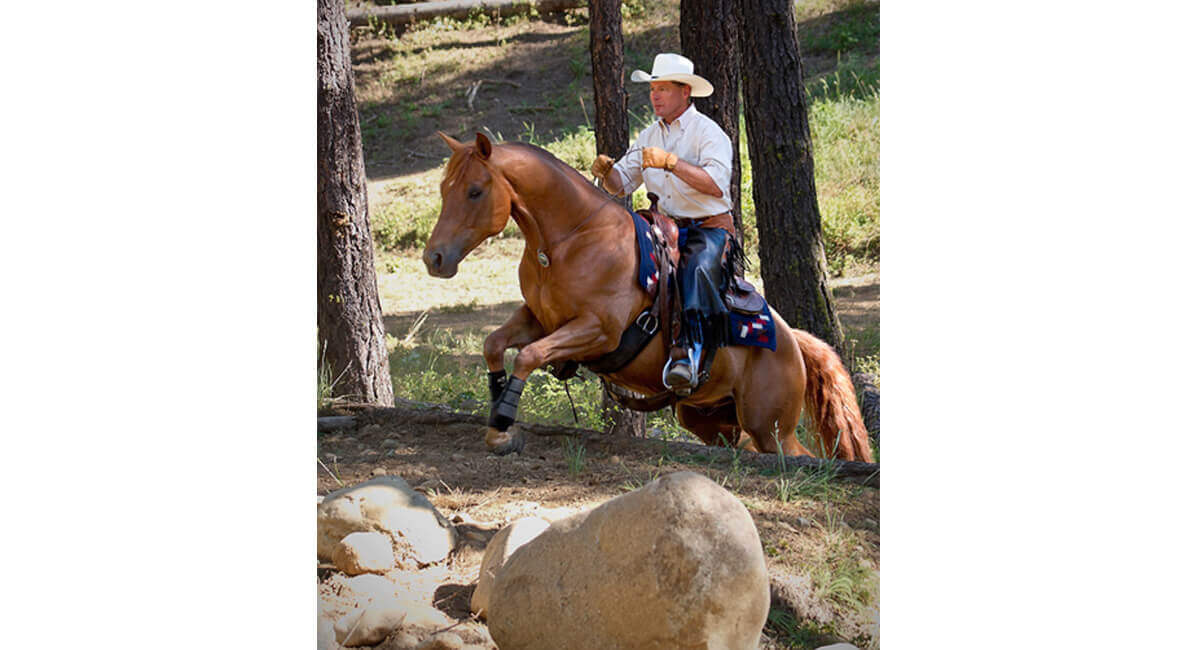Have Clear Expectations and Good Communication
Deciding to send your horse out for training is a huge commitment and financial expense. When you put your horse in training it’s important to define your expectations. Select a trainer who specializes in the discipline you’re interested in pursuing. For example, we train Mountain Trail here at Bolender Horse Park. We don’t train jumpers, western pleasure, cutters etc., so a client shouldn’t expect their horse to get training in those disciplines.
Here’s my list of what I believe is most important to be sure trainer and client are on the same page and the horse is prepared to get the most from its training:
- The horse should be under control. Most trainers do not have time to spend on a rude, out-of-control horse. A spoiled horse is a dangerous horse. Expect to pay more for training if your horse doesn’t have basic manners, even if you are bringing the horse to learn ground manners and how to be bathed, clipped, and stand for the farrier.
- Bring a horse that is healthy, has all its vaccines, and a negative Coggins test.
- Ask about the specifics of the training program, such as rides per week.
- Go over the cost of everything board related. Who pays for grain? Is there a charge for putting blankets on and off? Is there a fee for having the blankets washed? Is there a cost for bathing a horse other than a wash off after training? How about farrier, vet fees, and handling fees? What’s the feeding program? Are the horse’s rations clearly posted on the stall and in the feed room? Who feeds and who does night check?
- Give the trainer a list of your training expectations for your horse. I trained a horse for a judge many years ago who gave me a list of 23 things she wanted her 2-year-old to learn. It was very helpful to know exactly what the client wanted.
- Try to negotiate lessons as part of the training. This will help offset some of the training cost and will benefit everyone.
- Ask if you are allowed to come anytime and see your horse or watch a training session.
- If your trainer is not local, see if overnight lodging at the training facility is possible and part of the cost of training.
- DO NOT BRING A HORSE THAT HAS BEEN DRUGGED. Be honest with the trainer. If the horse has had a history of bucking, let them know. You’re putting someone’s life on the line if you are dishonest.
- Does the trainer’s facility have the tools to train your horse for the intended discipline? Jumpers need good footing, a proper sized arena, and good jumps. If you want training for Mountain Trail, does the facility have obstacles that are safe yet challenging? If you want your horse prepared for water, do they have a pond with safe proper footings?
- Be sure the trainer’s philosophy fits your own.
Whatever discipline you are interested in, every trainer should be able to train a horse to do the following:
- Stand still while you mount and dismount.
- Address different obstacles calmly and boldly.
- Stand still when you want to sit and chat (“chat broke”).
- Move the hind and front end upon request.
- Leg yield both directions.
- Boldly cross a water obstacle—a small stream is the most difficult.
- Possess good manners for grooming and the farrier.
- Stop, go forward in any gait requested, back up.
- Load in a trailer.
- Deal with noise such as speakers and equipment such as tractors running around a facility.
These are the basics for any horse. We want a safe, confident horse to ride and enjoy. If you let your trainer know what you expect and want, they are more likely to meet your expectations (providing your expectations are realistic and within their training program). This will help you get the most for your training dollars so everyone will be happy and successful.
See this article in the April 2024 online edition:
April 2024

Mark and Lee Bolender own and operate Bolender Horse Park in Washington State, which houses the finest Mountain Trail course in the world. They are the founders of the International Mountain Trail Challenge Association (IMTCA) and travel worldwide as clinicians and ambassadors of Mountain Trail. Bolender Horse Park offers riders of all skill levels and disciplines a fun and challenging trail riding adventure.
Mark has designed and built Mountain Trail courses in the USA, Canada, Australia, and Europe—with many more in development. Mark uses his artistic, landscaping, horse training, and construction skills to build these courses (NW Steel Design LLC www.nwsteeldesign.com).
Mark is the author of Bolender’s Guide to Mastering Mountain and Extreme Trail Riding. Visit www.bolenderhorsepark.com to learn more.








